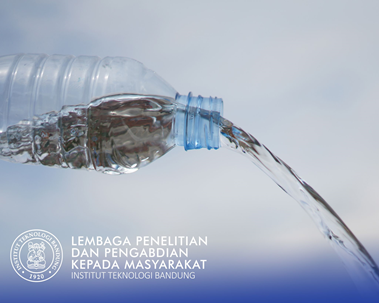

Suprihanto
Conventional biological process in treating textile wastewater such as activated sludge, extended aeration and oxidation ditch are mainly capable in removing organic matter and suspended solids, while the characteristic of textile wastewater is the appearance of color on the effluent of the wastewater. Dye can reduce the aesthetic value of a water body, however the color parameters are not regulated in the wastewater quality standard for the textile industry in Indonesia. The subjective of this study is to improve the quality of wastewater for textile wastewater treatment plants using the ozone oxidation process. Real wastewater from the wastewater treatment plant were used and treated by biological processes. Raw materials in industry including dyes, detergent and starch solution. Wastewater from textile industry comes from the sizing, dyeing, washing, finishing and wet scrubbing process. The wastewater sample had been treated using sedimentation and aerobic biological treatment. Effluent of wastewater treatment plant discharged into the river. In this study that effluent of WWTP was sampled for ozone post-treatment. The ozone post-wastewater treatment can improve the quality of wastewater and has met quality standards. The color parameters are well removed and showed as decreasing of spectra absorbance. Organic materials in the form of COD and BOD5 have met the wastewater quality standards. Other parameters that can also be eliminated in the ozone process are total phenol and total ammonia, which the efficiency of removal reached 30.8% and 62%.
Penerapan Teknologi Tepat Guna, Penerapan Karya Tulis
Dye can reduce the aesthetic value of a water body, however the color parameters are not regulated in the wastewater quality standard for the textile industry in Indonesia.